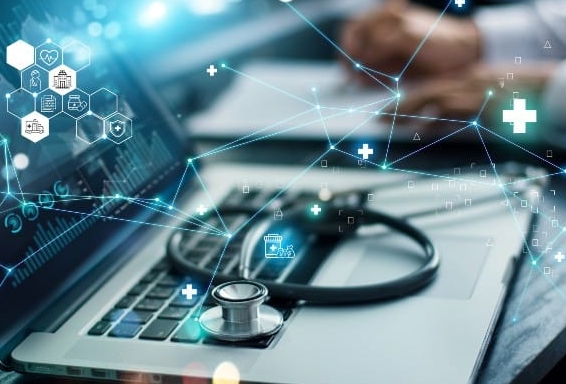The Impact of Information Technology on Healthcare: A Comprehensive Overview
Information technology (IT) has revolutionized the healthcare industry in recent years, leading to improvements in patient care, efficiency, and overall outcomes. From electronic health records to telemedicine, IT has transformed the way healthcare professionals deliver services and communicate with patients. This article provides a comprehensive overview of the impact of information technology on healthcare.
Electronic Health Records
Electronic health records (EHRs) have replaced traditional paper-based records in most healthcare settings. EHRs allow healthcare providers to access patient information quickly and easily, leading to more coordinated and efficient care. They also reduce the risk of errors and improve communication among healthcare team members.
Telemedicine
Telemedicine has made it possible for patients to receive medical care remotely, using video conferencing and other technologies. This has been especially important during the COVID-19 pandemic, when many patients were unable or hesitant to visit healthcare facilities in person. Telemedicine has also improved access to care for patients in rural or underserved areas.
Health Information Exchange
Health information exchange (HIE) allows healthcare providers to share patient information securely and electronically. This ensures that all members of a patient’s care team have access to the most up-to-date information, leading to better coordinated care and improved outcomes. HIE also helps reduce duplication of tests and procedures, ultimately saving time and money.
Clinical Decision Support Systems
Clinical decision support systems are software tools that help healthcare providers make informed decisions about patient care. These systems analyze patient data, medical research, and best practices to provide recommendations for diagnosis and treatment. By providing evidence-based guidance, clinical decision support systems can help reduce medical errors and improve patient outcomes.
Remote Patient Monitoring
Remote patient monitoring allows healthcare providers to track and monitor patients’ health outside of traditional healthcare settings. This can be especially useful for patients with chronic conditions, as it allows for early detection of changes in their health status. Remote patient monitoring can help reduce hospital readmissions and improve overall patient outcomes.
Conclusion
Information technology has had a profound impact on the healthcare industry, leading to improvements in patient care, communication, and efficiency. From electronic health records to telemedicine, these technological advancements have transformed the way healthcare is delivered and experienced by patients. As technology continues to evolve, the healthcare industry can expect to see even more improvements in the years to come.

